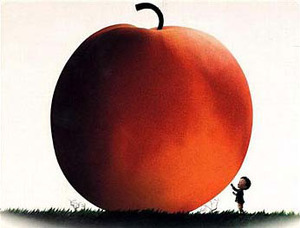About a week or so ago, I was at a district meeting. One of the huge perks of these meetings is sometimes the group will get to go eat lunch like grownups. Nothing in styrofoam. No plastic cutlery. Real plates, filled water glasses, napkins, and hot food. There’s a Thai place we frequent: service is fast, it’s delicious, and reasonable prices. It harkins me back to my days working in pharmaceutical marketing, when I made as much as I do now, and traveled the country and the world. In fact, it was on one of these business trips that I met my husband, but that is a story for another time.
While waiting for our food, my high-school counterpart mentioned the last Harry Potter movie coming out. I began this series with my older son, and mentioned that I had asked him if he wanted to see the last movie together on its opening day. As the words were leaving my mouth, I burst into tears (getting teary writing this! EEEK!). He is far away from nest-flight, but still…so it begins. So it begins.
And I cried, I am sure, because I know what happens. I know how JK Rowling concludes this epic. I am not sure if she made these harsh choices years in advance, or just got mad or tired toward the end, like a horse seeing the barn, racing toward this end.
Yesterday I accompanied the 8th grade students to the high school. I felt like a returning celebrity: enthusiastic greetings of, “MRS. LOVE!” and lots of hugs and hellos from former students. Many of whom I honestly didn’t recognize. The evolution from a middle school child to young adult is staggering. Who were these people? There were still some shy smiles behind the older faces.
I can still see the little boys in my sons’ eyes. They are both taller than I am now. One has been shaving since 13 (no joke). I will keep this in mind when we start next year: these students are somebody’s child.
Oh, would someone please send me a box of Kleenex before the last day?



